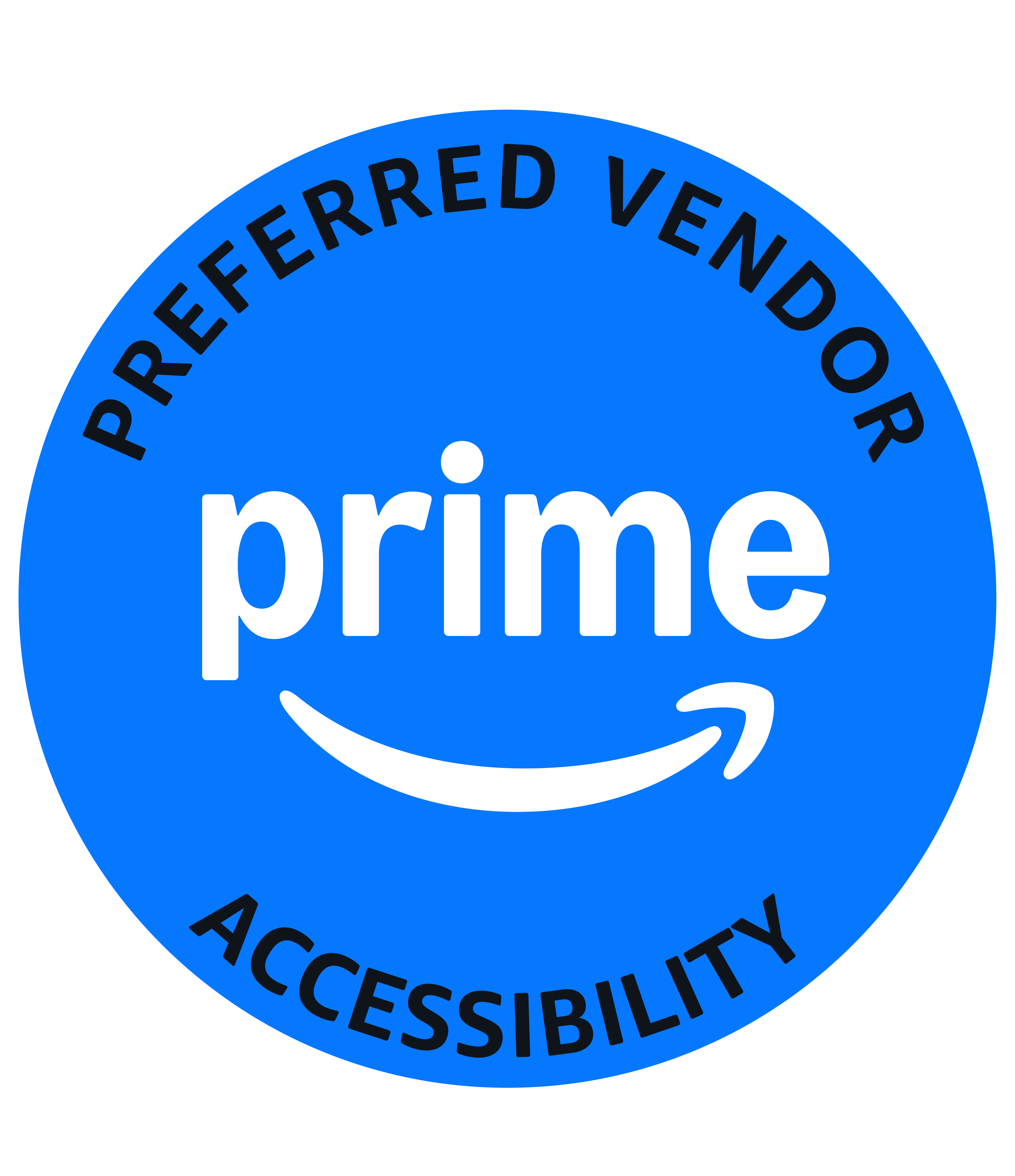
DV, or Descriptive Video helps teach students of all ages and abilities.
You may have heard of Descriptive Video for TV. How it helps thousands of people with visual impairments and blindness watch TV and film. But there’s more: Descriptive Video is an useful teaching tool too. Descriptive Video helps students with visual impairments, and the rest of us, see more of the visual world by explaining it.
DV helps people with learning disabilities, attention deficit disorder, autism, dyslexia and more.
Descriptive Video helps by creating lots of new information and words. It takes a visual image and makes it verbal so everyone can see it. An example from Descriptive Video Works CEO Diane Johnson: “A teacher trained in descriptive video services would not hold up a picture of a brown teddy bear and read aloud: "see the teddy bear." Instead they might say: "The teddy bear is furry, short and wearing a blue tee-shirt---just like our school soccer uniforms, only small enough to fit a teddy bear. A very special teddy bear wearing blue jeans like yours”.
This example shows how Audio Description introduces new words, invites comparisons, and uses metaphor—possible even with small children. It’s clear that Descriptive Video makes books accessible to children who have low vision or are blind. Less well known is that it helps everyone develop more complex language skills. It helps kids learn to love reading and the gift of language.
Non-disabled people benefit from Descriptive Video too.

Descriptive Video services shows details that would otherwise go unnoticed. Because description happens in "real time"—and especially if a program contains a lot of dialogue or other sound elements—describers must be clear. There's no time to describe everything; they must choose what's most important to convey the essence of the visual experience. Then they must find words that are concise, vivid, and imaginative to bring images in their listeners' mind's eyes.
Descriptive Video helps students on the autistic spectrum because it identifies emotions. It also clarifies scenes, useful for students struggling to identify too many different people at once. Descriptive video names the key character so visuals and the audio together create a complete picture. Second, captions further explain what is going on visually. Captions should identify the speaker and what's being said as well as other sounds, like birds singing, car tires screeching, and song lyrics.
For people on the autistic spectrum, captions give a greater understanding and context. The takeaway: Descriptive video is a useful teaching aid. It can help students of all abilities and ages overcome communication barriers.
Information:
Garman, Judith, Autistic spectrum, captions and audio description. Mindful Research: Usability, Accessibility and Ethnography.
Hoffner, Helen, et al. “Lights, Cameras, Pencils! Using Descriptive Video to Enhance Writing.” The Reading Teacher, vol. 61, no. 7, 2008, pp. 576–579. JSTOR, JSTOR, www.jstor.org/stable/20204632.




